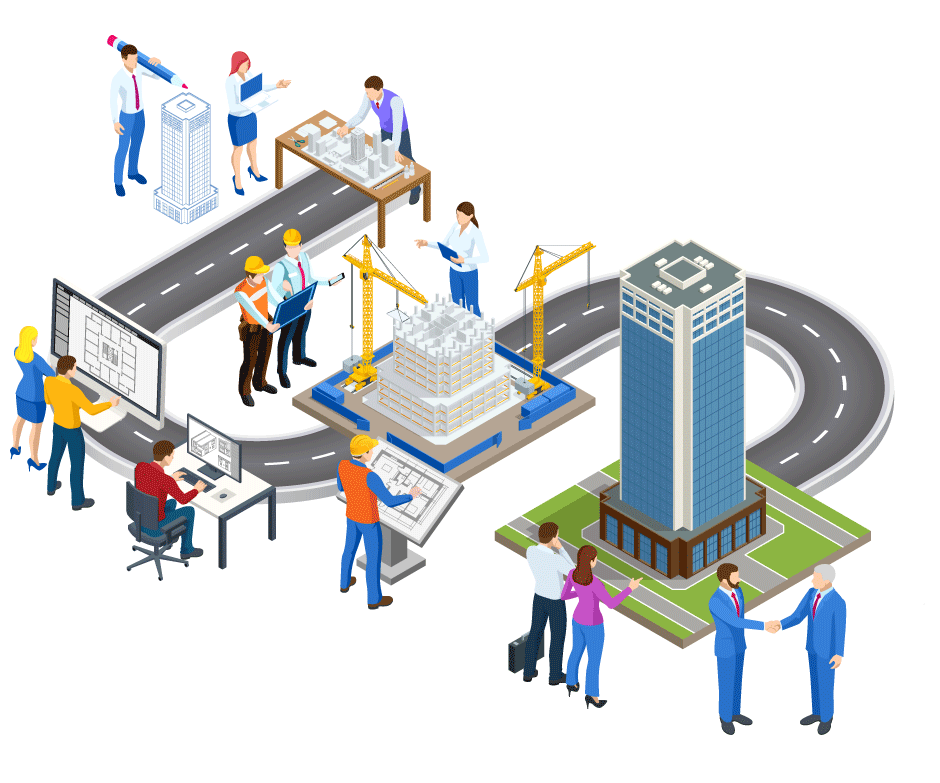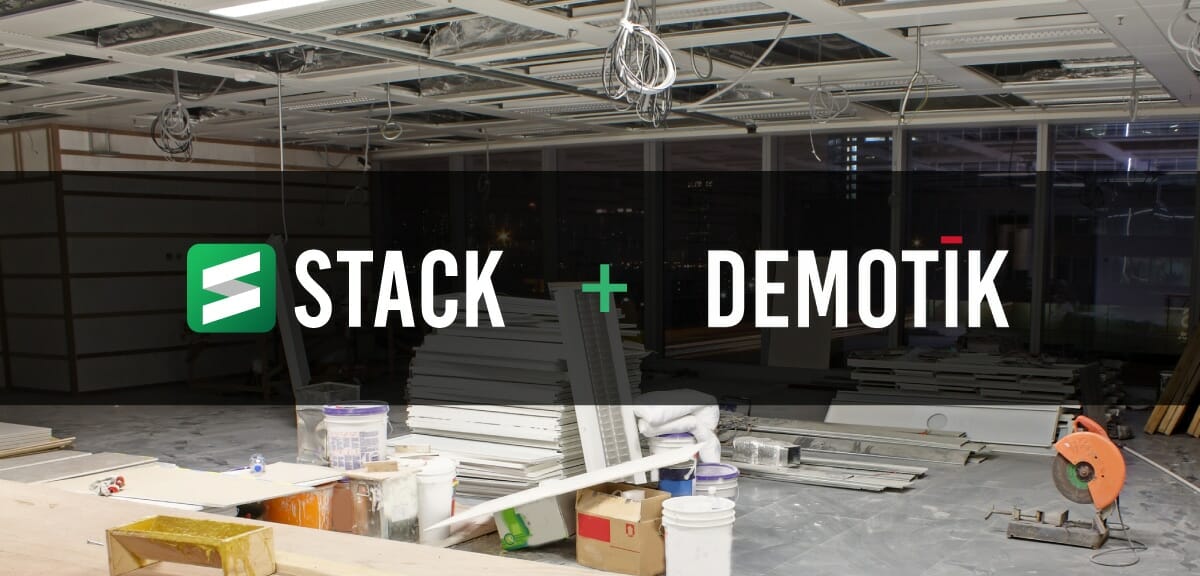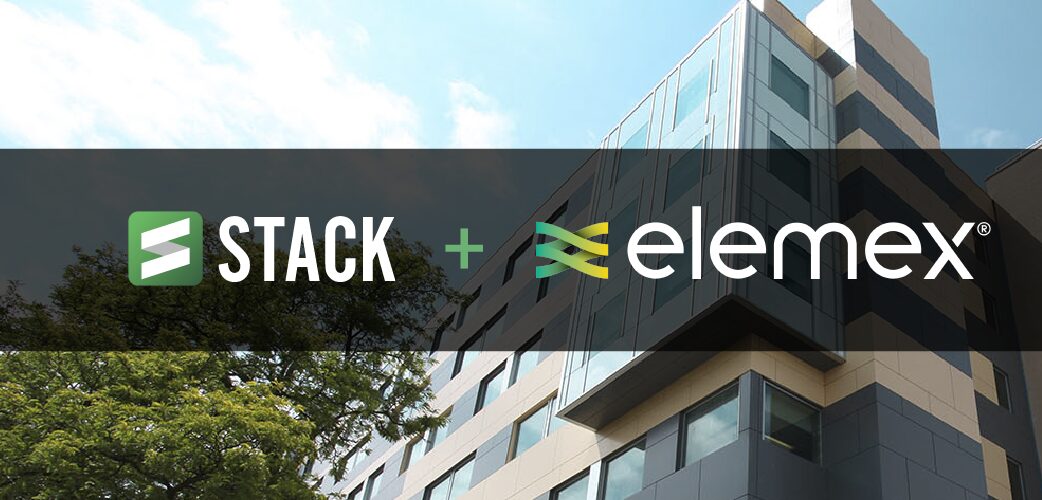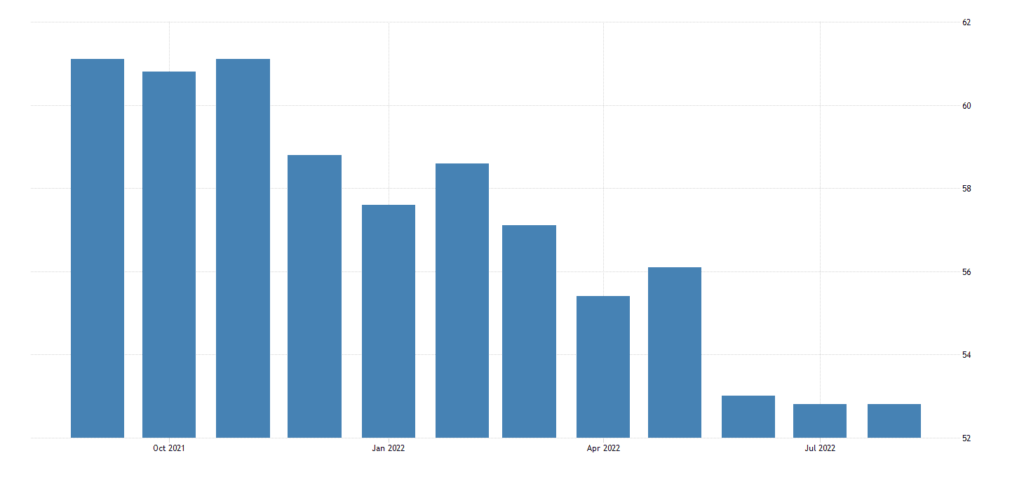
Since the pandemic began, the construction industry has been inundated with so much doom and gloom surrounding the state of the economy. Recession! Pricing volatility! Supply disruptions! Labor shortages! Even if there is a reason for tightening spending, fear causes panic and panic can cause rash decisions. It’s time to take control of how you strategize in your business and prepare for a changing economy.
To better understand economic impact, we enlisted the help of Dr. Chris Kuehl, Managing Director at Armada Corporate Intelligence, who will share his economic wisdom and forecasting for the next few quarters. In addition, we’ll arm you with tips from STACK to strengthen your operation in unpredictable times, explain how to use technology to your advantage, and how to maintain financial wellness.
Dr. Kuehl on the PMI and His ‘Prescription’ for Upcoming Quarters
The Purchasing Managers Index (PMI), a standard measure of economic trends, is based on the survey responses of people tasked with making purchases for their employers in the manufacturing and service sectors.
The important thing from the perspective of the survey is that they are not manipulating or trying to influence the data. Once they respond there is a very strong database that can be used to determine how much activity is taking place in the economy. Businesses do not buy materials when they are anticipating a downturn and they tend to buy more when they sense a growth opportunity.
The diffusion index used in reference to the PMI has become a common tool and is designed to be simple. Any reading over 50 suggests growth and numbers under 50 suggests contraction as compared to the previous month. A few months ago the readings were quite impressive (in the 60s). They have fallen since then but are still in that expansion territory at 52.8.
As can be seen in the chart below, there has been a sharp decline over the last few months, but the important point is that the numbers are still lingering in positive territory (despite the fact that quarterly GDP numbers dipped into negative territory in both Q1 and Q2 of 2022). This is not exactly news to cause dancing in the streets, but it also suggests that some of the gloom and doom may be overhyped. The crucial consideration now is what happens in the next couple of months. There are hints that GDP numbers might improve and if the PMI data does a similar recovery that reduces the chances for a recession in 2023.
Source: https://tradingeconomics.com/united-states/business-confidence
What does this mean for your business? The data is saying two important things. The first is that there has been a definite decline in purchasing activity over the last several months and that means that projects are getting delayed, acquisitions of equipment have slowed, and inventory levels are starting to shrink. This is a good time to start exercising caution regarding the next few quarters.
Just as important is the fact that these numbers have not yet fallen into what would be considered contraction territory. They are still above 50 and that still suggests growth. If one looks at construction in general, the growth areas continue to be in logistics and supply chain but the fastest growing segment for commercial construction has been in manufacturing. There has been a 20% rate of annual growth in construction related to manufacturing as there has been a surge in technology investment (robotics) and these companies need facilities that can support that growth.
7 Ways to Strengthen Your Operations While Still Exercising Caution
Now is the time to conduct an audit of your business operations. As Dr. Kuehl said, a PMI reading above 50 still suggests growth in the future, but it’s time to get strategic about money coming in, purchases, and the roadmap for surviving the ups and downs.
1. Just keep bidding. No one can perfectly predict today’s economy or what the demand for construction will be like in the future. You never know when you’ll need that next project to keep you afloat. With a pipeline of new work, there is always a cash flow keeping you in the black.
2. Take the jobs that guarantee success! By having your preconstruction team analyze your actuals you’ll be able to know what project opportunities NOT to take because of a low likelihood of succeeding and also improve accuracy on future estimates to better calculate your cost per square footage (or cubic yard, etc).
3. Stay in your lane. Stick with the trade where you’re already an expert. You’re guaranteeing a streamlined workflow – from preconstruction to construction – and better profitability.
4. Use technology to stand out among the competition – like STACK customer Jackson Masonry. STACK increases accuracy and allows them to deliver bids faster so they can keep up with bigger local businesses. If the industry expects any slowdown, you’ll want to be in a leading position.
5. Retain your talent. Now is not the time to lay off your high performers, but rather, identify them! Mirror their processes to help lower-performing individuals. And give teams industry-leading technology and tools like STACK to maximize performance, empower individuals, and increase collaboration.
6. Continue to build high-performing teams! Using best-in-class solutions to attract top talent is essential. Gen Z and Millennials are tech savvy and expect a company that invests in technology.
7. Hold off on replacing aging equipment or signing a long-term lease on an office. ‘If it ain’t broke, don’t fix it’ applies here! And in an era of remote work, locking yourself into a lease payment for an empty office doesn’t make financial sense.
Use Technology to Your Advantage During Unpredictable Times
Do more with less. Cloud-based platforms like STACK can help your existing employees be more efficient, reduce the need for more headcount, and help train new employees in case of turnover.
Efficiency is critical and streamlining your processes to save time and money is even more so when operating your business lean. STACK integrates with other best-in-class systems, increases accuracy, and improves collaboration among teams. STACK customer Eric Weishaar, Owner of Breckenridge Landscape says,
“I knew I didn’t need 10 people to do a job when I could find a piece of well-priced construction software to do it quickly and more efficiently.”
STACK is easy to use, intuitive, and has a quick learning curve. In an industry with high turnover, training a new employee is a breeze. Eric also shares,
“Having a consistent system [like STACK] in place is critical to imbue knowledge onto someone else. The only thing that the estimator needs to do is take a proper measurement; the system is accountable for accuracy. You just plug in the next guy, here’s our system – work within it.”
With STACK, you’re able to do lightning-fast takeoffs and estimates. So fast, in fact, that customer Allie Gaworecki, Lead Estimator at Three Sons Home Improvement, saves over 8 hours on large projects.
Maintain Good Financial Wellness
Just like you should never stop bidding, never stop monitoring the financial health of your company. Auditing and analyzing financial data on a project basis will help you to ensure profitability and increased accuracy. And in an unpredictable economy, having cash on hand – or access to it – is setting you up to succeed (and survive) any downturns.
– Future proof your business by locking in better payment terms. Phil Ogilby, CEO and Co-Founder of STACK, told Roofing & Exteriors, “Don’t take responsibility for the economy. Solutions exist, such as Billd and Struxtion, that provide favorable financing terms to help prevent cash flow issues.”
– Document everything to limit your risk exposure. The more data you accumulate, the better you protect your business from litigation. With STACK’s cloud-based field collaboration platform, you’re able to access documents anytime, anywhere, helping prevent disputes with data at your fingertips.
– Diversify your markets and service offerings in case certain markets and trades are more heavily impacted by economic change. For example, roofing contractors could expand into solar roofing system installation.
– Leverage local pricing data to properly bid projects and maintain necessary profit margins. STACK’s cost data integration gives you immediate access to regional item cost data. This ensures you can associate material and labor items directly to your STACK takeoff.
Stack Your Cash With STACK!
With Chris’s strategic guidance and STACK’s help, you’ll be on the road to good financial health. Our goal is always to help your business become more profitable. By using a platform like STACK, you are guaranteeing increased efficiency and accuracy, collaboration, and time savings. We‘ll be here for you step by step to help! Book a demo today!
About Dr. Chris Kuehl:
Dr. Chris Kuehl is a Managing Director of Armada Corporate Intelligence. He provides forecasts and strategic guidance for a wide variety of corporate clients around the world. He is the economist for several national and international organizations – Fabricators and Manufacturers Association, American Supply Association, Chemical Coaters Association International, and others. He is also the economic analyst for several state accounting societies including Missouri, Kentucky, Tennessee, Oklahoma, Minnesota, North Dakota, and Kansas.
Prior to starting Armada in 1999 he was a professor of economics and finance for 15 years – teaching in the US, Hungary, Russia, Estonia, Singapore and Taiwan. He holds advanced degrees in economics, Soviet studies and East Asian studies.
Chris is the co-author of The Flagship and the Strategic Intelligence System – both publications from Armada. He is also responsible for Fabrinomics from the FMA and The Advisor for ASA.









